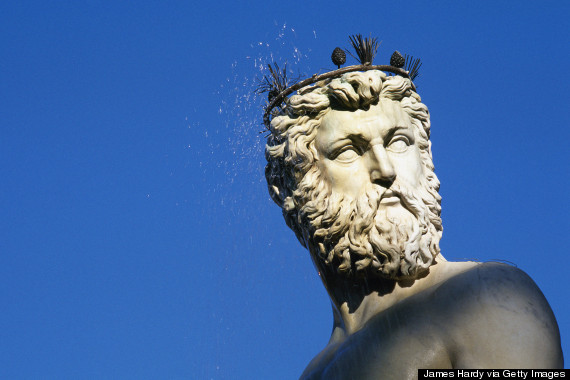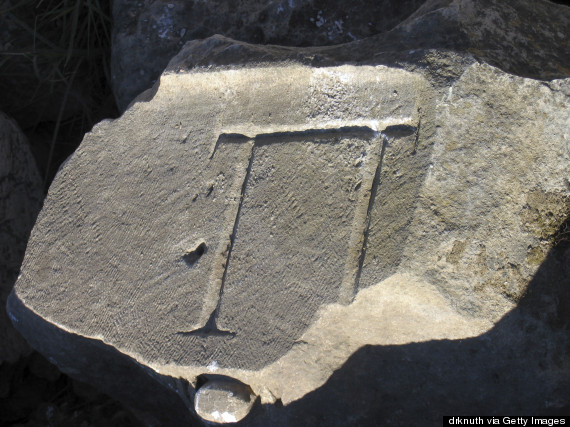Greece expanded and flourished because of these three reasons that promoted stability in the civilization, one being the invention of the Greek language which is still known and being used to this day, Ancient Greek also flourishes by providing education and entertainment with their use of mythology, and lastly the Ancient Greek civilization flourished and expanded by introducing one of the earliest mathematical theorems. The first reason the Greek civilization flourished was because of the use of the Greek language which is still used to this day, Greek became very widespread and common as it was being used to communicate. After Alexander The Great had passed he left a huge impact on culture by giving the people their common language Greek, Greek became so known and widespread that there have been coins found by archaeologists in Afghanistan with the word King written in Greek and then the New Testament was also written in Greek. Ancient Greek became known for their mythology, mythology was being used to educate and was a great way for people to learn about fictional writing and storytelling. When we talk about Greece today we almost always mention Greek mythology as it was such an interesting part of history. The Greeks flourished with their use of mythology as it was used to teach people about gods, heroes and nature in an interesting way; it was a way of educating with entertainment. Some of the famous works of mythology are The story of Poseidon, The story of Hercules, and the story of Achilles. Lastly the Greek civilization flourished in education with their famous mathematicians and their theorems which are still being used today in school to educate. Thales’ theorem and intercept theorem both come from the work of Thales of Miletus, known as one of the seven wise men of Greece, his theorem states that an angle in a semicircle is a right angle; this theory is used in geometry classes today. Pythagoras is also a Greek mathematician we have to thank for originating the word mathematics which means “that which is learned”, there is also another popular theory (Pythagorean theorem) in his name still used in schools today. The Greek civilization expanded and flourished because of the way they communicated and how the language still stuck to this day, the cause of Alexander the Great introducing the Greek language led to the consequence of the Greeks finding an efficient way to communicate amongst one another, the teaching of mythology led to the knowledge of gods, heroes and nature for the Greeks and it was a form of entertainment, lastly the use of theorems in Greek history by famous mathematicians is still being recognized and widely used in schools today as a way to educate the kids of today.

Greek Alphabet examples.
“Greek Language Facts for Barbarians – EVS Translations.” EVS Translations Blog, 8 Oct. 2018, Accessed 23 Mar. 2019, http://www.evs-translations.com/blog/greek-language/.

Statue of Neptune.
Hall, Alena. “12 Gifts Ancient Greece Gave To The World.” Huff Post Canada, Huff Post Canada, 6 Dec. 2017, Accessed 22 Mar. 2019, www.huffingtonpost.ca/2014/11/20/gifts-from-ancient-greece_n_6152466.html.

Greek numeral value of 80, also known as Pi.
Hall, Alena. “12 Gifts Ancient Greece Gave To The World.” Huff Post Canada, Huff Post Canada, 6 Dec. 2017, Accessed 22 Mar. 2019, www.huffingtonpost.ca/2014/11/20/gifts-from-ancient-greece_n_6152466.html.
Sources I used for paragraph*
Green, John. “Alexander the Great and the Situation … the Great? Crash Course World History #8.” YouTube, YouTube, 15 Mar. 2012, Accessed 22 Mar. 2019, www.youtube.com/watch?v=0LsrkWDCvxg&t=314s.
Hall, Alena. “12 Gifts Ancient Greece Gave To The World.” Huff Post Canada, Huff Post Canada, 6 Dec. 2017, Accessed 22 Mar. 2019, www.huffingtonpost.ca/2014/11/20/gifts-from-ancient-greece_n_6152466.html.





